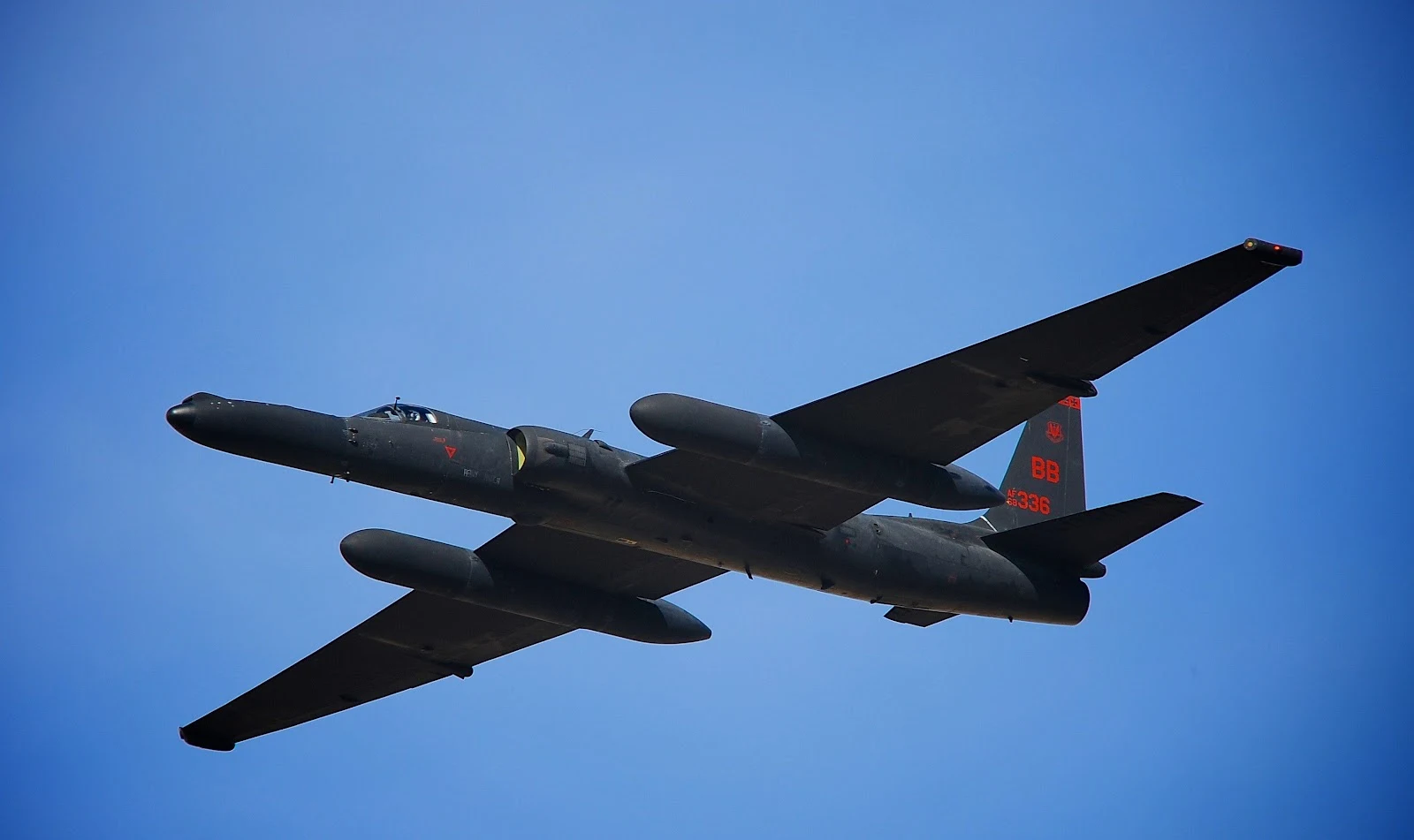U-2 Dragon Lady: America’s Legendary Spy Plane

The Lockheed U-2, widely known by its nickname Dragon Lady, remains the U.S. Air Force’s (USAF) primary manned high-altitude reconnaissance aircraft. Developed by the legendary Lockheed Skunk Works, the U-2 has played a critical role in strategic and tactical intelligence collection for decades. Its ability to gather multi-sensor photo, electro-optical, infrared, radar imagery, and signals intelligence (SIGINT) has made it a vital tool for both policymakers and battlefield commanders.
Despite the rise of advanced surveillance satellites, the U-2 continues to serve global operations with 35 aircraft still in active duty—drawn from the original fleet of approximately 85 units built.
Origins and Capabilities of the U-2 Spy Plane
First flown in 1955, the U-2 was engineered for maximum altitude and minimal airframe weight, giving it a unique glider-like profile due to its large wingspan. While offering excellent performance at high altitudes, the aircraft is notoriously difficult to fly and land, requiring experienced pilots and careful handling.
Initially operated by the Central Intelligence Agency (CIA), the U-2 gained global attention in 1960, when a CIA-operated U-2 was shot down over Soviet airspace, sparking a major international incident during the Cold War.
Advanced Sensor Suite and Reconnaissance Capabilities
The U-2 has the ability to carry over 1,300 kg (2,866 lbs) of advanced sensors. These are housed in various parts of the airframe, including:
- A detachable nosecone, with multiple configurations for different mission types
- A large internal "Q-bay" located behind the cockpit for high-resolution cameras
- Wing-mounted super pods and fuselage bays for additional intelligence gear
The sensor package includes:
- High-resolution cameras
- ASARS-2 battlefield surveillance radars
- PLSS radar locators
- COMINT and ELINT recorders
- Imaging radars for day/night and all-weather surveillance
Some U-2 aircraft are equipped with the Senior Span satellite communications antenna, housed in a large dorsal radome. This enables the near-real-time transmission of recorded intelligence across the globe, greatly enhancing strategic responsiveness.
U-2S Modernization and Continued Operations
Between 1994 and 1998, Lockheed Martin upgraded existing U-2R models to the U-2S standard, replacing the older J75 turbojet engines with more efficient F118-101 turbofans, derived from the B-2 Spirit’s F118-GE-100 engine. This upgrade resulted in:
- A 15% increase in operational range
- A restored service ceiling above 24,380 meters (80,000 feet)
- Improved fuel efficiency and easier maintenance across USAF bases
Operational Units and Global Deployment
All U-2S aircraft are assigned to the 9th Reconnaissance Wing, headquartered at Beale Air Force Base, California. Key operational units include:
- 99th Reconnaissance Squadron (RS) – Main flying unit based at Beale AFB
- 5th RS – Based at Osan Air Base, South Korea, covering the Asia-Pacific region
- 1st RS – Focused on pilot training using U-2S(T) trainers and T-38A Talon jets
Forward deployed detachments are strategically positioned worldwide:
- Detachment 1 at RAF Akrotiri, Cyprus
- OL-FR at Istres Air Base, France
- OL-CH / 4402nd Reconnaissance Squadron (Provisional) at Al Kharj AB, Saudi Arabia
These deployments allow rapid intelligence support for global missions and crises.
Longevity and Legacy: Outlasting Even the SR-71
More than 50 years after its introduction, the U-2 continues to play a central role in high-altitude surveillance. Ironically, it even outlasted its intended successor, the SR-71 Blackbird, which was retired from USAF service in 1998. Attempts to find a reliable unmanned aerial vehicle (UAV) replacement have been slow, and no drone has yet matched the U-2's combination of altitude, sensor capability, and mission flexibility.
Major U-2 Variants
The U-2 has undergone multiple iterations over the decades:
- U-2A – The original production model; 48 built
- U-2C – Improved model with a more powerful engine
- U-2R – Enlarged and updated version of the U-2C
- TR-1A – Tactical reconnaissance variant based on the U-2R; 33 built
- U-2S – Re-engined and upgraded U-2R with improved avionics and sensors (33 conversions)
- ER-2 – NASA-operated version used for high-altitude scientific research
Conclusion: The Enduring Value of the U-2
In a military landscape dominated by satellites and drones, the U-2 Dragon Lady remains indispensable. Its unmatched altitude, payload, and global deployment capabilities allow it to gather and deliver critical intelligence faster than most alternatives. As discussions about its replacement continue, the U-2 stands as a symbol of American aerial ingenuity, still soaring high in the 21st century.

Posting Komentar